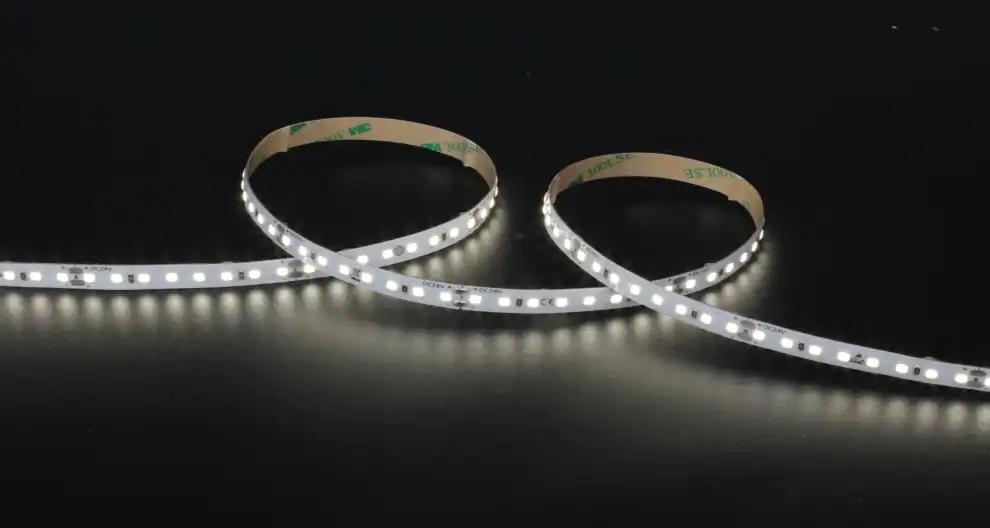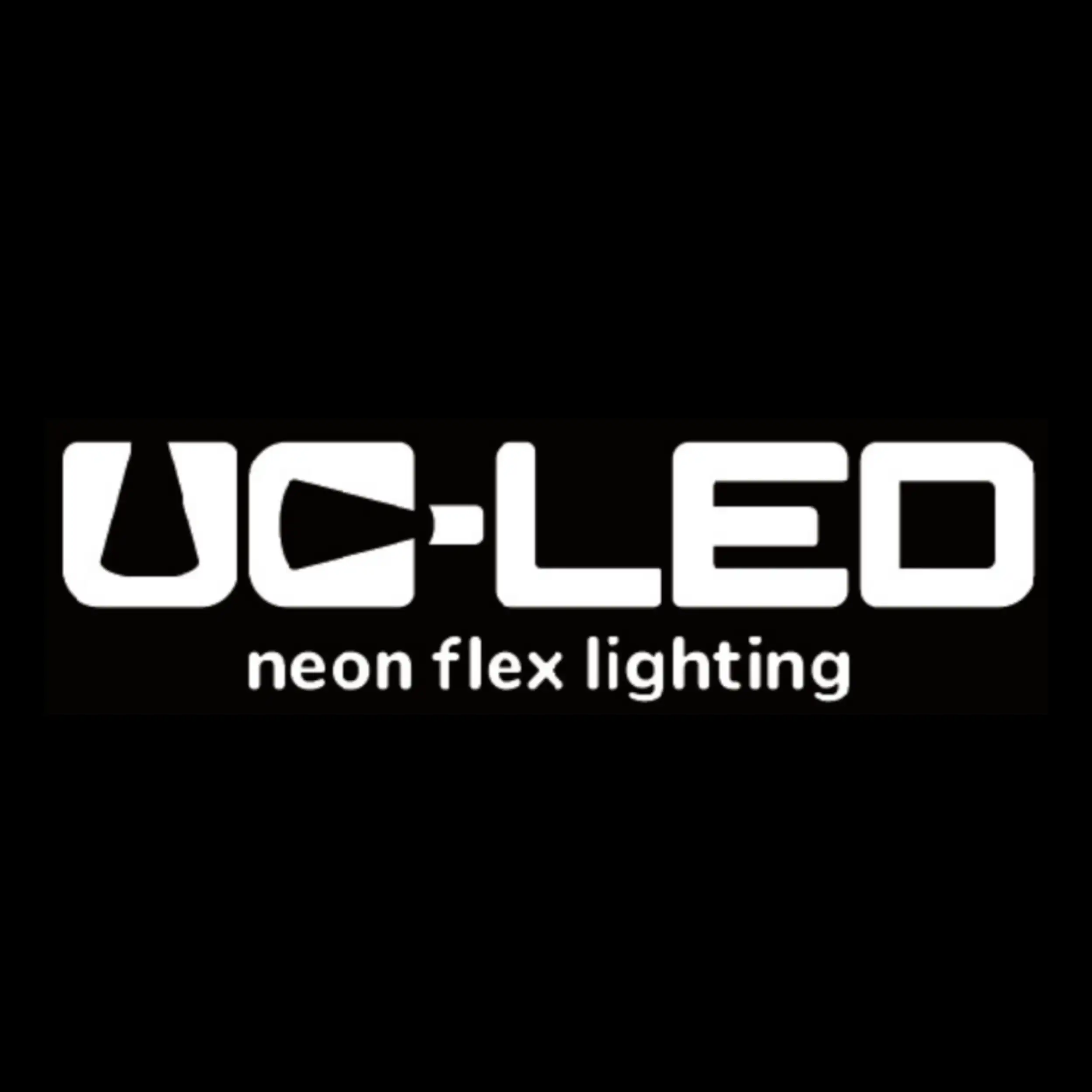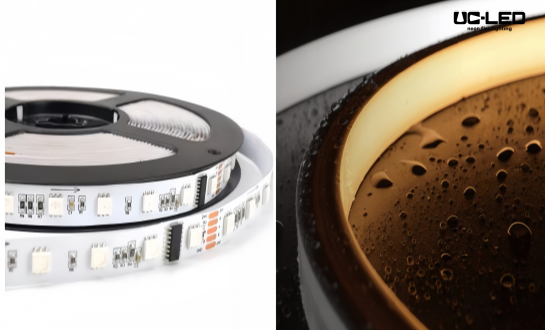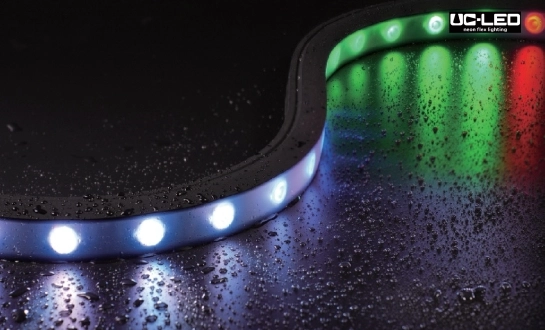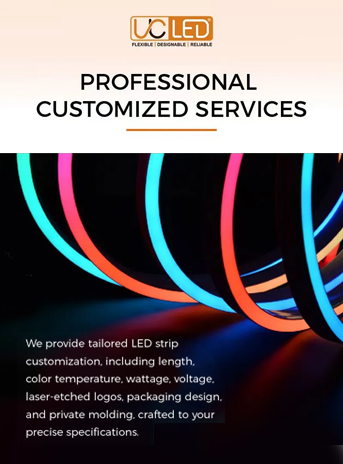Understanding LM-80 Testing for High-Efficacy LED Strips
LM-80, short for "Lumen Maintenance 80," is a standardized method for measuring the lumen depreciation of LED light sources over time. This test is particularly important for high-efficacy LED strips, as it provides crucial data on how well these lighting solutions maintain their brightness and efficiency over extended periods of use.
The LM-80 Testing Process
The LM-80 testing process involves subjecting LED packages, arrays, or modules to controlled conditions for a minimum of 6,000 hours, though many manufacturers opt for longer testing periods of up to 10,000 hours. During this time, the light output and color characteristics of the LEDs are measured at regular intervals. The test is conducted at multiple temperatures to simulate various operating conditions.
Importance of LM-80 for High-Efficacy LED Strips
For high-efficacy LED strips, LM-80 testing is invaluable. It provides concrete data on how well these strips maintain their light output over time, which is a critical factor in their overall efficiency and lifespan. This information helps manufacturers improve their products and allows consumers to make informed decisions when selecting LED strips for their lighting projects.
Interpreting LM-80 Results
LM-80 results typically show the percentage of initial lumen output maintained after a certain number of hours. For high-efficacy LED strips, maintaining a high percentage of initial lumen output is crucial. The data from LM-80 testing also forms the basis for TM-21 projections, which we'll explore in the next section.
TM-21: Projecting Long-Term Performance of High-Efficacy LED Strips
While LM-80 provides valuable data on LED performance over a set testing period, TM-21 takes this information a step further. TM-21, which stands for "Technical Memorandum-21," is a method for projecting the long-term lumen maintenance of LED light sources based on LM-80 data.
The TM-21 Calculation Method
TM-21 uses a complex statistical model to extrapolate LM-80 data and predict how long it will take for an LED light source to reach a certain percentage of its initial lumen output. This projection is typically made to the L70 point - the time it takes for the light output to decrease to 70% of its initial value.
Significance for High-Efficacy LED Strips
For high-efficacy LED strips, TM-21 projections are crucial in demonstrating their long-term value. These projections allow manufacturers to make claims about the expected lifespan of their products, which is particularly important for LED strips designed for long-term use in commercial or industrial settings.
Limitations of TM-21
It's important to note that TM-21 has limitations. The projections are based on statistical models and can only be reliably extended to a certain point beyond the actual test data. For most LED products, including high-efficacy LED strips, the projection is limited to 6 times the LM-80 test duration.
Applying LM-80 and TM-21 in High-Efficacy LED Strip Selection
Understanding LM-80 and TM-21 data is crucial when selecting high-efficacy LED strips for various applications. These standards provide valuable insights into the performance and longevity of LED products, helping both manufacturers and consumers make informed decisions.
Evaluating LED Strip Quality
When comparing high-efficacy LED strips, it is essential to examine products that provide comprehensive LM-80 test data along with favorable TM-21 projections. These industry-standard metrics indicate the long-term lumen maintenance of LEDs, helping predict how well they will perform over time. Higher lumen maintenance percentages and longer projected lifespans generally signal superior quality, improved efficiency, and a more reliable performance, making these strips a better choice for both short-term and long-term lighting applications.
Considering Application Requirements
Different lighting applications have unique requirements regarding light output, color quality, and longevity. By reviewing LM-80 and TM-21 data, you can select high-efficacy LED strips that are well-suited to the specific needs of your project. Whether your installation is residential, commercial, or industrial, understanding these metrics ensures you choose products that provide adequate brightness, long-term reliability, and consistent performance, reducing the risk of premature failures or inconsistent lighting results over time.
Future-Proofing Your Lighting Investment
Investing in high-efficacy LED strips with strong LM-80 and TM-21 test results helps future-proof your lighting system. These products are designed to maintain consistent brightness and color performance over extended periods, minimizing maintenance needs and replacements. Over the long term, this can result in significant energy savings, lower operational costs, and enhanced project sustainability. Choosing quality LED strips ensures reliable performance and provides peace of mind for years of efficient and effective lighting operation.
Conclusion
LM-80 and TM-21 are indispensable tools in the world of high-efficacy LED strip lighting. These standards provide a scientific basis for evaluating and comparing LED products, ensuring that manufacturers can develop better, more efficient lighting solutions, and consumers can make informed choices. As LED technology continues to evolve, these testing methodologies will play an increasingly important role in driving innovation and quality in the lighting industry.
FAQ
What is the difference between LM-80 and TM-21?
LM-80 is a testing method that measures the lumen maintenance of LEDs over time, while TM-21 uses LM-80 data to project long-term lumen maintenance.
How long do LM-80 tests typically last?
LM-80 tests run for a minimum of 6,000 hours, but many manufacturers extend testing to 10,000 hours or more.
What does L70 mean in LED lighting?
L70 refers to the point at which an LED's light output has decreased to 70% of its initial value, often used as a benchmark for LED lifespan.
High-Efficacy LED Strip Lighting Excellence | QUAN HE
At QUAN HE Lighting Co., Ltd., we specialize in manufacturing premium high-efficacy LED strip lighting solutions. Our state-of-the-art 5,000m² factory is equipped with advanced SMT assembly lines and strict quality control processes. As a leading LED strip manufacturer, we offer expert OEM and ODM customization services, ensuring our products meet the highest standards of performance and efficiency. Trust our 10+ years of experience to illuminate your projects with precision and excellence. For inquiries about our high-efficacy LED strips, contact us at Linda@uc-led.com.
References
1. Illuminating Engineering Society. (2020). LM-80-20: Measuring Luminous Flux and Color Maintenance of LED Packages, Arrays and Modules.
2. Illuminating Engineering Society. (2019). TM-21-19: Projecting Long Term Lumen, Photon, and Radiant Flux Maintenance of LED Light Sources.
3. U.S. Department of Energy. (2021). LED Lighting Facts: Understanding LM-80 and TM-21 Reports.
4. Journal of Light & Visual Environment. (2022). Advances in High-Efficacy LED Strip Technology: A Comprehensive Review.
5. International Journal of Photoenergy. (2023). Long-Term Performance Prediction of High-Efficacy LED Strips Using LM-80 and TM-21 Methodologies.
